

Northern Royal Albatross
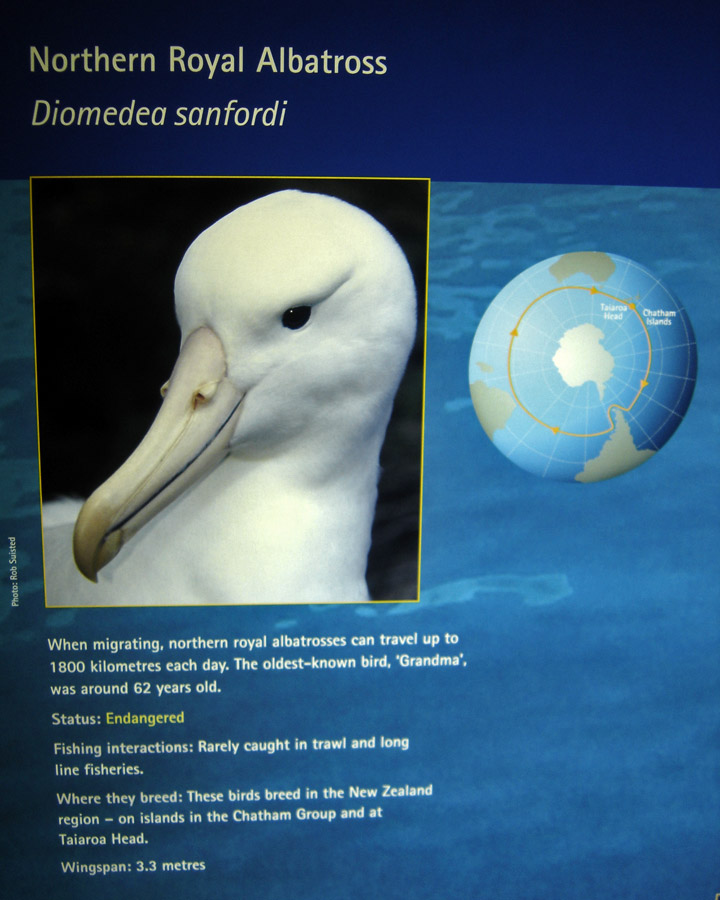
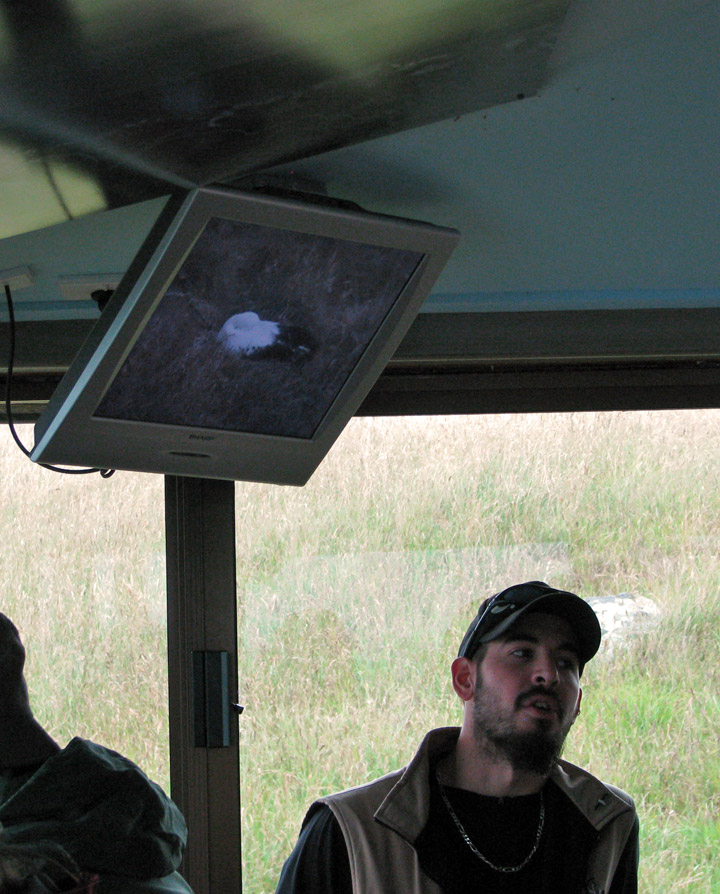
close up view of the nesting Albatross via cam at the Albatross Center
The Northern Royal Albatross (Diomedea sanfordi) is a large seabird from the albatross family. It was split from the closely related Southern Royal Albatross as recently as 1998, though not all scientists support that conclusion and consider both of them to be subspecies of the Royal Albatross. The Northern Royal Albatross can be distinguished from the Southern at sea by its upper wings, the plumage of which are all dark compared to the large areas of white on the Southern. The two species also differ in behaviour. This species is typically about 115 cm (45 in), weighs 6.2-8.2 kg (13.7-18.1 lbs) and has a wingspan from 270 to 305 cm (107-120 in).
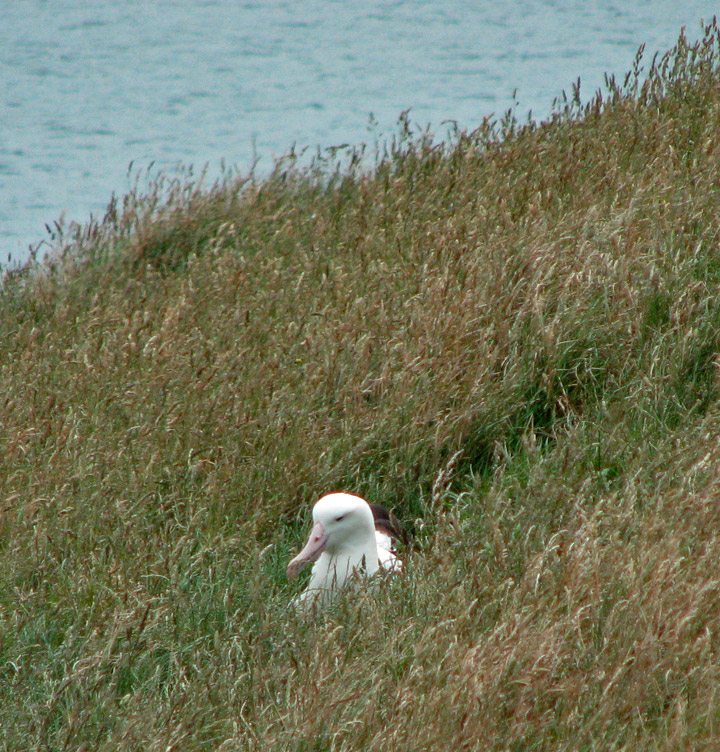
Northern Royal Albatrosses nest on the Chatham Islands, Enderby Island in the
Auckland Islands, and at Taiaroa Head on the Otago Peninsula, New Zealand. Their
colonies are denser than those of any other great albatross. A single egg is
laid in a nest which takes both parents around 80 days to incubate. The chick is
brooded for a month, and is ready to fledge after around 240 days. At sea
Northern Royal Albatrosses have a circumpolar range, frequently feeding off the
Patagonian shelf. They predominantly feed on squid, which provides 85% of their
diet by weight, but they also eat some fish.
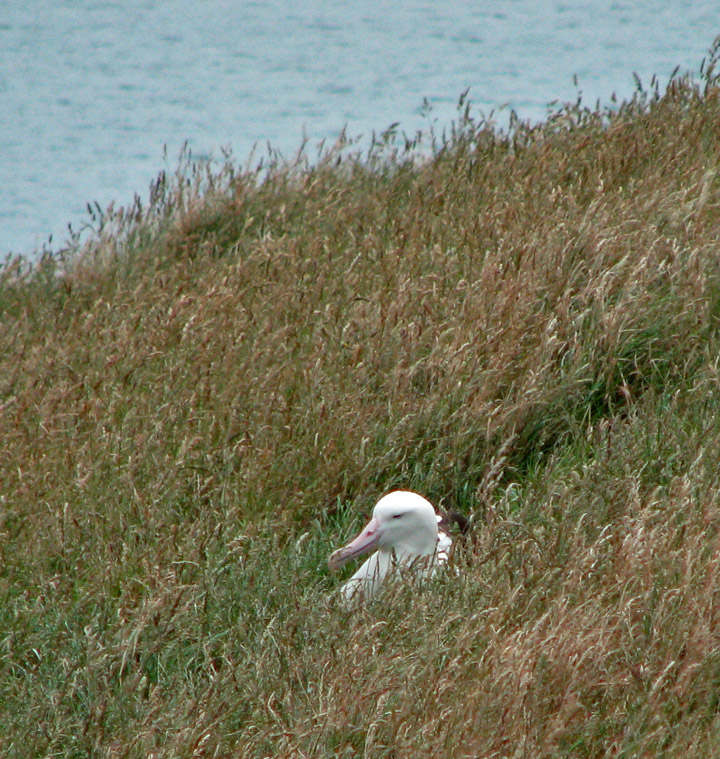
Northern Royal Albatrosses are listed as an endangered species. Their main
breeding grounds on the Chatham Islands have been badly damaged by a series of
intense storms and the resulting lack of nesting material has lowered their
breeding success. Chicks and eggs of birds breeding on the South Island have
also been preyed upon by introduced species.
Text from Wikipedia
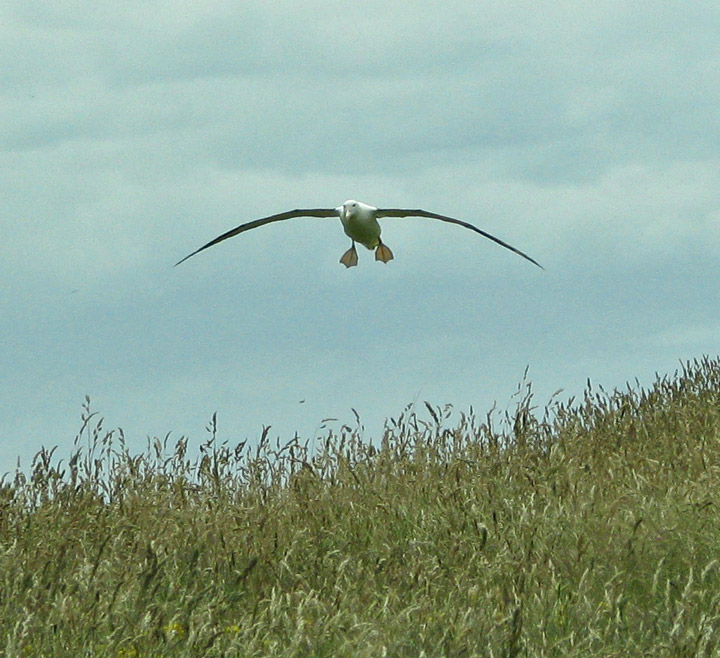
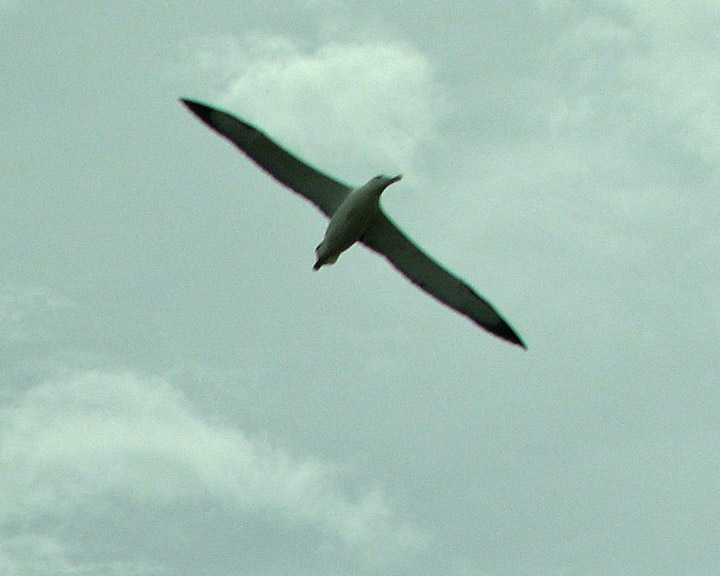

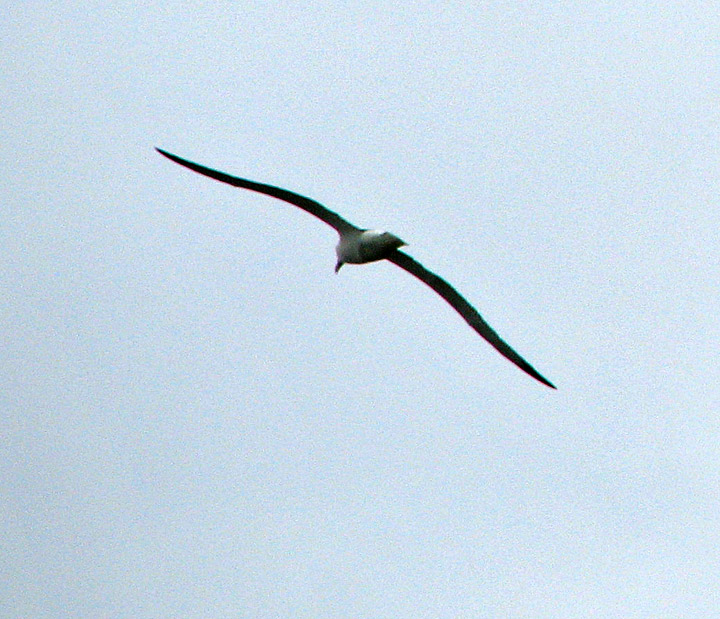
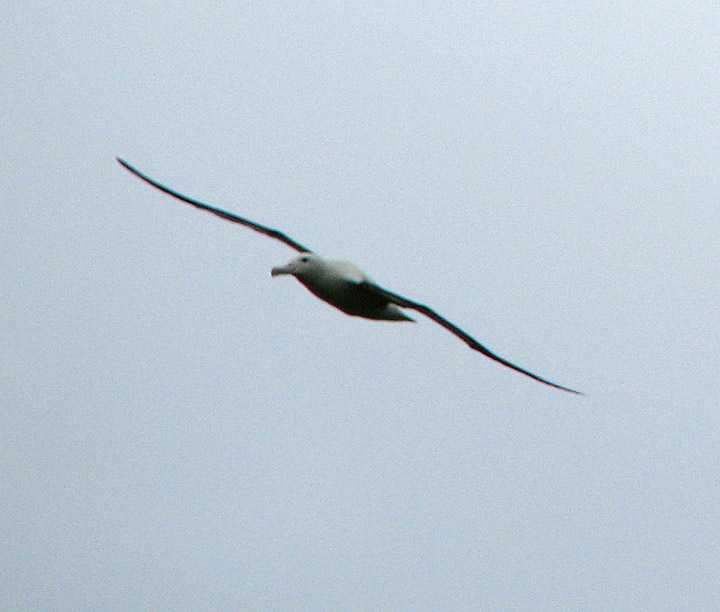
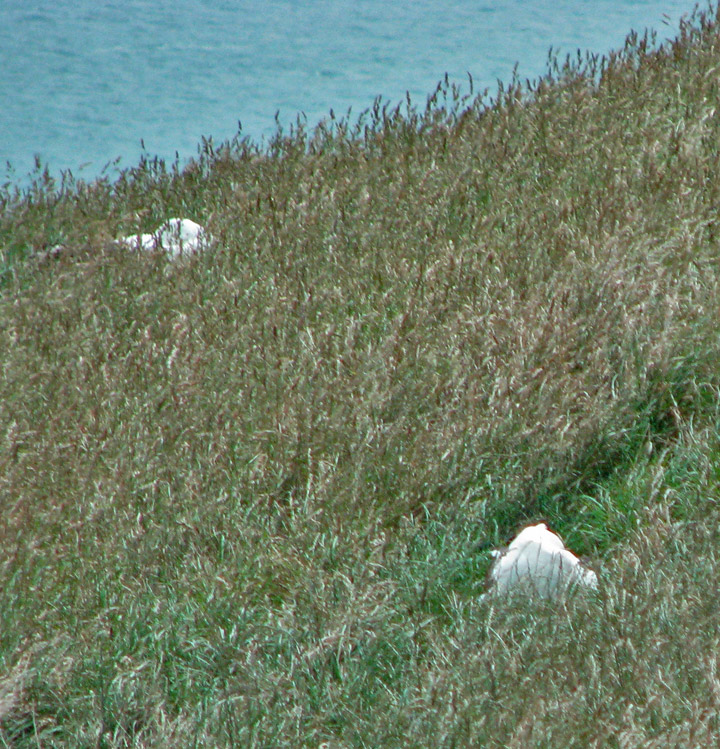
two albatross on their nests
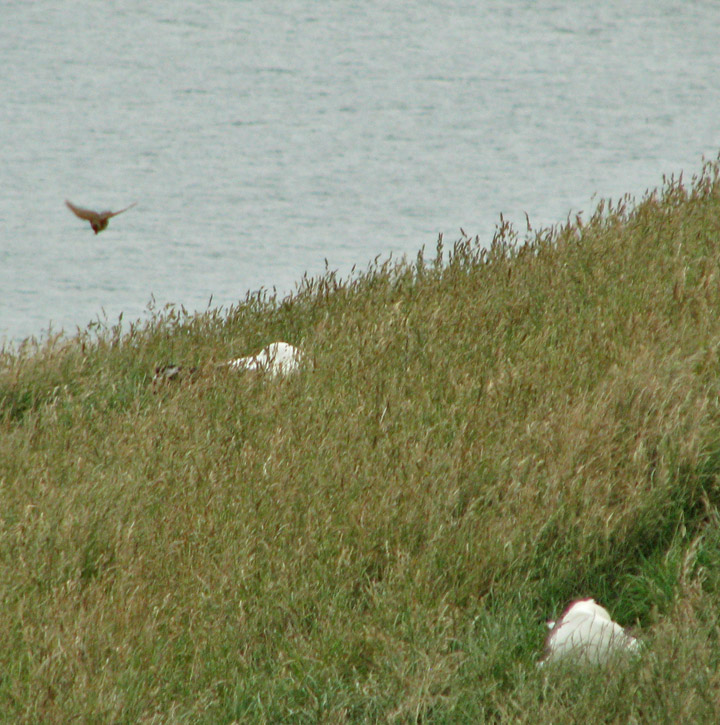
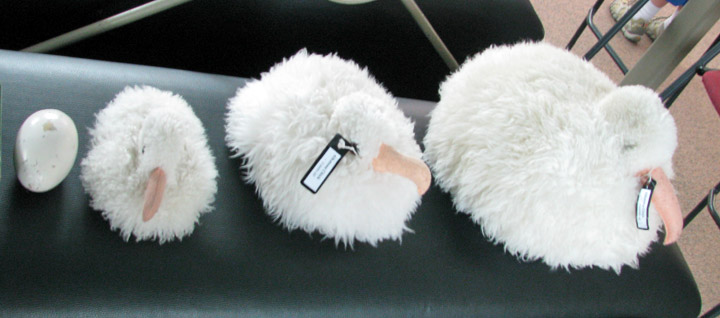
from egg to six months
as shown with fluffy toys
Other Albatross activities from the Photos at the Albatross Center
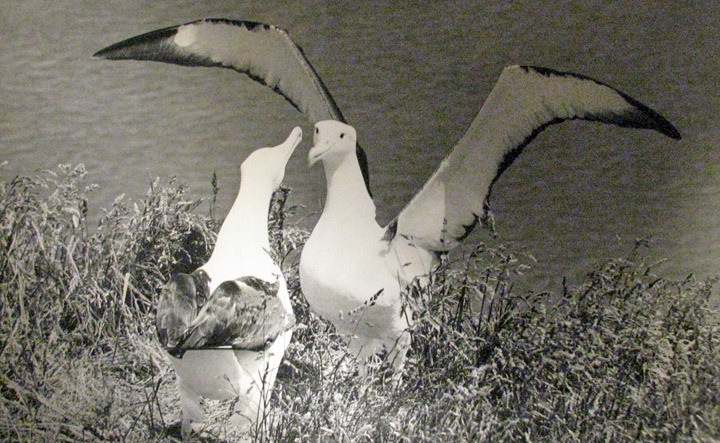
courtship
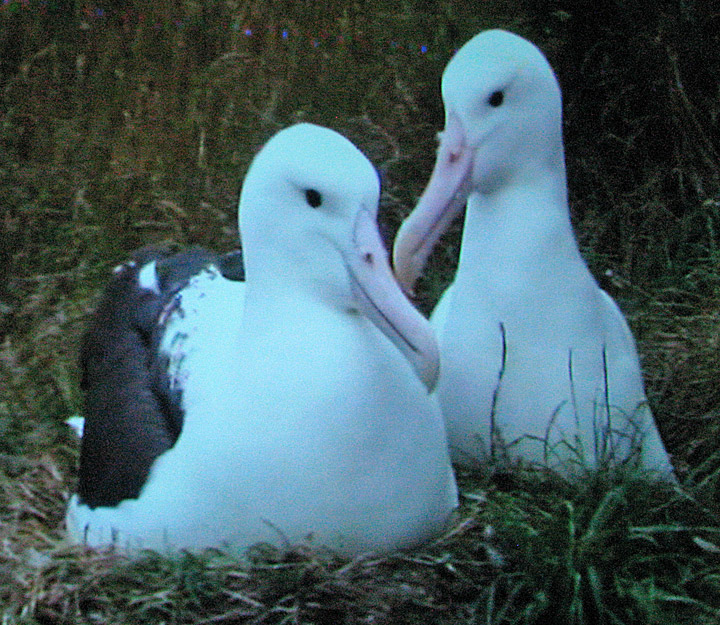
tending the nest